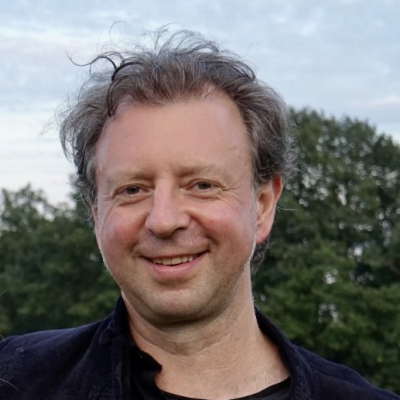The difference between fear and anxiety
Anxiety is one of the most prevalent psychological disorders worldwide. Research suggests that it affects around 25% of the population at some time in their lives.

There is also a huge human cost to anxiety disorders. People with anxiety disorders are some of the highest users of accident and emergency facilities at hospitals and unlike other psychological disorders, anxiety disorders tend not to disappear on their own.
Anxiety disorders are a major contributor to time taken off work, relationship breakdowns and general lack of satisfaction in life. Anxiety prevents individuals from participating in life and stops people from living in a more fulfilling way.
But what is anxiety?
Anxiety is a very ‘human’ emotion.
Anxiety is different from fear. Fear is a state that happens in response to a danger or threat, whether real or imagined. When we experience fear, the sympathetic nervous system surges, together with physiological changes such as faster heart rate, sweating, breathlessness and increased blood pressure. These changes are mobilised to help the individual take action in the face of danger. Fear is a present based emotion.
However, anxiety is a future-oriented emotion.
The physiological changes are less than those experienced with fear, usually accompanied by worry, apprehension, greater muscle tension and an increase in EEG beta activity due to intense cognitive processing in the frontal lobes.
Anxiety is related to something that might happen in the future, rather than fear, which is a response to what is happening right now.
With anxiety, the responses tend to be more verbal or cognitive, for example, apprehension, worrying and making plans.
A certain amount of anxiety can be useful in helping us make plans about how to deal with future situations. However too much anxiety and fear inhibit our ability to take effective action. For example, having a panic attack for no clear reason, or in difficult situations such as giving a presentation.
Our experience of anxiety and fear is influenced by past experience. If we have experienced a threat or trauma in the past, it is natural to experience some anxiety or fear about similar situations in the future. This is a response experienced across the animal kingdom.
However, humans have the extra ability to imagine, speak and reflect. This is what can turn anxiety into something more pervasive and paralysing. We can get caught up in a struggle with our own emotions, where we try not to have them. We try to do what we can to avoid having the experience of the anxiety itself.
Frequently this ends up with a situation where people end up with anxiety about the anxiety, rather than about the situation. They may stop going into situations where they believe they might experience anxiety. For example, not driving, making presentations or going to social events.
Support with anxiety
Traditionally CBT approaches (cognitive behavioural therapy) to anxiety disorders involve helping individuals confront situations and stimuli associated with anxiety rather than avoid them. This can be exceedingly important, because avoiding the situation may provide some temporary relief from the anxiety, however, it also can negatively reinforce the anxiety itself. People may do everything possible to avoid the experience of the fear itself.
This can become a major hindrance in preventing people from living a rich and fulfilling life.
Therapeutic approaches like counselling and psychotherapy can help people understand the experience of anxiety, the reactions and its causes. The experience and causes of anxiety differ between people, so the right choice of therapeutic approach may also differ. Understanding these causes is an important part of finding the best way to address it and help people live a more fulfilling life no longer held back by anxiety.

Find a therapist dealing with Anxiety
All therapists are verified professionals






